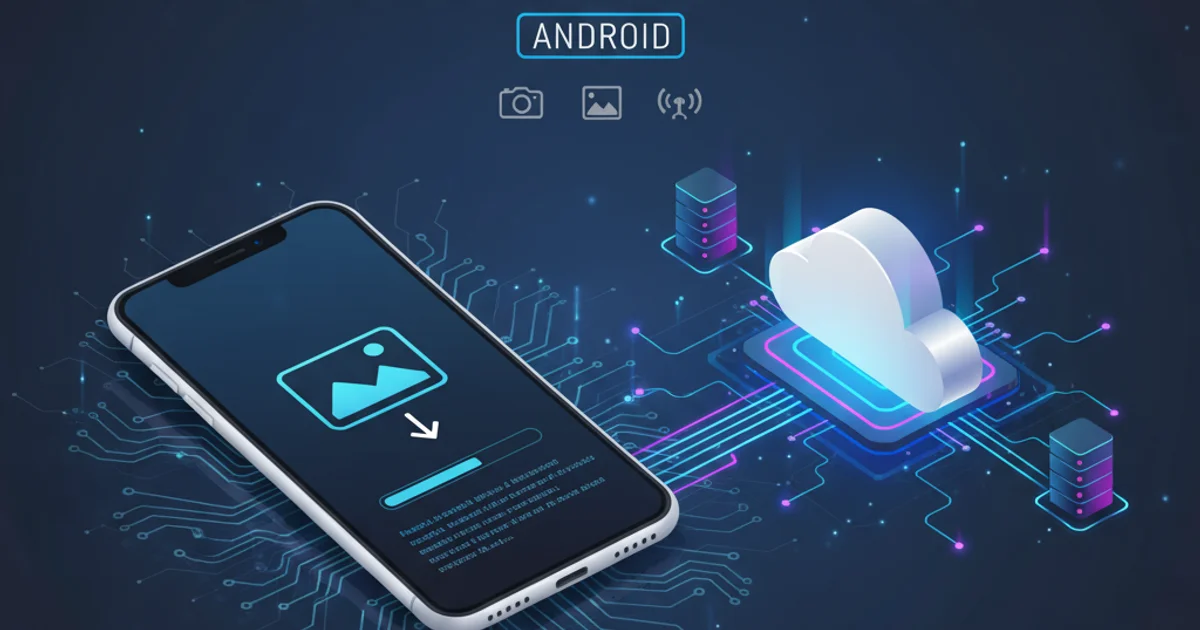Devexpress GridLookup autopostback false causing page load
Categories:
Understanding and Preventing Unwanted Postbacks with DevExpress GridLookup

Explore why a DevExpress GridLookup control might trigger a page postback even when its AutoPostBack property is set to false, and learn effective strategies to prevent this behavior in ASP.NET applications.
DevExpress ASP.NET controls are powerful tools for building rich web interfaces. However, developers sometimes encounter unexpected behaviors. A common issue with the ASPxGridLookup control is that it can cause a full page postback even when its AutoPostBack property is explicitly set to false. This can lead to performance degradation and an undesirable user experience. This article delves into the root causes of this behavior and provides practical solutions to maintain client-side control.
The 'AutoPostBack=False' Paradox
The AutoPostBack property is designed to control whether a control automatically posts the page back to the server when its value changes. For ASPxGridLookup, setting this to false should, in theory, prevent any immediate server-side interaction upon selection. However, several factors can override this setting, leading to an unwanted full page refresh. Understanding these factors is crucial for debugging and resolving the issue.
flowchart TD
A[User selects item in GridLookup] --> B{Is AutoPostBack=False?}
B -->|Yes| C{Check for other Postback Triggers}
C --> D{Is client-side event handled?}
D -->|Yes| E[No Postback (Desired)]
D -->|No| F{Is server-side event handled?}
F -->|Yes| G[Full Page Postback (Undesired)]
F -->|No| E
B -->|No| GFlowchart illustrating potential postback paths for ASPxGridLookup
Common Causes of Unwanted Postbacks
Even with AutoPostBack="False", a GridLookup can still trigger a postback due to other configurations or event handlers. Here are the most frequent culprits:
AutoPostBack property of the ASPxGridLookup itself, as well as any parent controls or associated controls that might be configured to trigger a postback.1. Server-Side Event Handlers
If you have server-side event handlers attached to the ASPxGridLookup, such as SelectedIndexChanged or TextChanged, these events will inherently cause a postback to execute their logic on the server. Even if AutoPostBack is false, the control might still raise these events if its value is changed, leading to a postback.
<dx:ASPxGridLookup ID="GridLookup1" runat="server" AutoPostBack="False" ...>
<ClientSideEvents ValueChanged="OnGridLookupValueChanged" />
</dx:ASPxGridLookup>
// In code-behind (e.g., GridLookup1_SelectedIndexChanged event handler)
protected void GridLookup1_SelectedIndexChanged(object sender, EventArgs e)
{
// This code will execute on a postback
// ...
}
Example of a server-side event handler causing a postback
2. Client-Side Event Handlers Triggering Postbacks
While AutoPostBack="False" prevents the control from initiating a postback on its own, your client-side JavaScript code might explicitly trigger one. Functions like __doPostBack() or ASPxClientGridLookup.PerformCallback() (if not handled carefully) can force a server roundtrip.
function OnGridLookupValueChanged(s, e) {
// This line would cause a postback if not handled within an UpdatePanel or CallbackPanel
// s.PerformCallback(); // This performs a callback, not a full postback, but still server interaction
// If you explicitly call __doPostBack, it will cause a full postback
// __doPostBack('GridLookup1', '');
// To prevent postback, ensure your client-side logic doesn't trigger one.
console.log('GridLookup value changed client-side. No postback.');
}
Client-side JavaScript that could inadvertently trigger a postback
3. Parent Control Postback Behavior
The ASPxGridLookup might be nested within another control that has AutoPostBack enabled or triggers a postback on its own. For example, if it's inside an ASPxCallbackPanel or UpdatePanel, the postback might be localized, but if it's within a standard Panel or Form that has other controls causing postbacks, it can appear as if the GridLookup is the culprit.
4. Incorrect Client-Side Event Handling
Sometimes, the issue arises from how client-side events are handled. If you intend to perform client-side logic without a postback, ensure that your client-side event handler for ValueChanged (or similar) does not implicitly or explicitly trigger a server-side action.
Solutions to Prevent Unwanted Postbacks
To effectively prevent ASPxGridLookup from causing unwanted postbacks when AutoPostBack is false, consider the following strategies:
1. Review Server-Side Event Handlers
If you have SelectedIndexChanged or TextChanged event handlers defined in your code-behind, evaluate if they are truly necessary. If the logic can be moved to the client-side or deferred until an explicit submit action, remove or comment out these handlers.
2. Utilize Client-Side Events for Immediate Feedback
For actions that don't require server interaction, use the ClientSideEvents.ValueChanged property to execute JavaScript. Ensure this JavaScript does not call __doPostBack() or PerformCallback() unless a partial update is specifically desired.
3. Employ ASPxCallbackPanel or UpdatePanel for Partial Updates
If server interaction is required but a full page postback is not, wrap the ASPxGridLookup (and any dependent controls) within an ASPxCallbackPanel or an UpdatePanel. This will convert full postbacks into partial page updates, improving responsiveness.
4. Check Parent Control Configurations
Inspect any parent containers of the ASPxGridLookup for AutoPostBack settings or other event handlers that might be causing the page to refresh.
5. Debug Client-Side JavaScript
Use browser developer tools to set breakpoints in your client-side JavaScript. Observe the network requests to see exactly when and why a postback or callback is initiated.
<dx:ASPxGridLookup ID="GridLookup2" runat="server" AutoPostBack="False"
ClientInstanceName="gridLookup2"
KeyFieldName="ID" TextFormatString="{0}"
DataSourceID="SqlDataSource1" Width="300px">
<Columns>
<dx:GridViewDataColumn FieldName="ID" Visible="False" />
<dx:GridViewDataColumn FieldName="Name" Caption="Item Name" />
</Columns>
<ClientSideEvents ValueChanged="function(s, e) { OnGridLookup2ValueChanged(s, e); }" />
</dx:ASPxGridLookup>
<script type="text/javascript">
function OnGridLookup2ValueChanged(s, e) {
// This function will execute when the GridLookup value changes.
// No postback will occur unless explicitly triggered here.
var selectedValue = s.GetValue();
console.log('Selected Value (client-side): ' + selectedValue);
// Example: Update another client-side element without postback
document.getElementById('selectedItemDisplay').innerText = 'Selected: ' + selectedValue;
}
</script>
<span id="selectedItemDisplay">Selected: None</span>
Configuring ASPxGridLookup for client-side only value change handling
PerformCallback() and a full __doPostBack(). While PerformCallback() is generally more efficient as it only updates a specific panel, it still involves a server roundtrip. If no server data or logic is needed, avoid both.